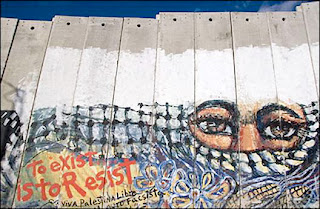 |
| ‘Resistance art’ on Israel’s West Bank separation wall. |
Prof. Irwin Wall continues his reflections on our “Israel Symposium,” Oct. 20-27, 2012:
Israel’s policy is not to choose between one state and two. The European Union is threatening a boycott of West Bank settlement products. But the Americans have foresworn pressuring Israel. Andthe occupation is no longer an issue in Israeli politics. Only Meretz continues to call attention to it and warn the Israeli public that social justice and the occupation are incompatible with one another. The Palestinian Authority is providing the current sense of security that so works to the advantage of Likud, which is consequently able to pretend it is its own achievement. But Israel and the Palestinian Authority sit on a powder keg, and the pressure is likely to build under the occupation until it once again explodes, with a force and power no one can foresee.
Benny Begin is regarded as a human rights liberal in Likud, but is a staunch opponent of a two-state solution. There is no “West Bank” in his view, there are only “Judea and Samaria” and these belong to the Jewish people. The “Green Line” never had any validity. Oslo was a historical error of major proportions. No sooner were the Palestinians recognized and given their autonomy than the region dissolved into uncontrolled terrorism. Attempts at peace with the Palestinians have always failed and always will fail. Barak in 2000 and Olmert in 2008 offered the Palestinians the moon. They could have had 97% of their historic land yet they refused. This proves that they want one state for themselves in all of Palestine. There is one state in all of Palestine, to be sure; it is called Israel. Two states is a recipe for disaster; a Palestinian state will be governed by Hamas in the interest of Iran, as Gaza already is. Begin wishes the Palestinians well. He wants to see them prosperous and flourishing—as a semi-autonomous region comprising 40% of the West Bank.
The Palestinian Authority tries to project an atmosphere of serious pragmatism. Abbas has given it the sense of some movement by advancing the Palestinian agenda in the United Nations. Israel had everything to gain by embracing their request; the Palestinian resolution includes a reaffirmation of Resolution 181 of 1947 which called explicitly for a Jewish and an Arab state in Mandatory Palestine. In effect, it thereby recognizes Israel as a “Jewish State,” something the Palestinians do not want to do explicitly. We are informed by the Palestinians that they embrace the terms of the Geneva agreement of 2003, they endorse the Arab peace initiative of 2002, and they were within months of finalizing the agreement tentatively offered by Prime Minister Olmert in 2008, the agreement Benny Begin insists they rejected but that they say that they were still negotiating.
It is clear since 2008 however that the Olmert offer, which the Palestinians want to return to as a basis for final status negotiations, is no longer on the table. It seems equally clear to them that Netanyahu does not want a two-state solution, so they pursue it themselves, peacefully, in the UN. Meanwhile the infrastructure of the future state is being built. A new West Bank city is under construction and new buildings seem to be sprouting everywhere in Ramallah. Yasser Abed Rabbo, now an adviser to Abbas, warned us that there may not be more that a one-year window in which a peace agreement can be reached before it is too late. Rabbo warns as well that the spirit of that reform is currently being hijacked by Muslim fundamentalism. Hamas is a common danger to the PA and to Israel; cannot the Israelis come to see their common interest in coming together in an agreement on two states with the PA along the lines of the Clinton parameters before it is too late?
The remaining gap between the two sides during the Olmert negotiations of 2008 was territorial and amenable to settlement. The Palestinians were willing to cede 2% of their territory on which settlements had already been built while Olmert was demanding 6%. But Jerusalem and the right of return, the core issues otherwise most difficult to resolve, had largely been settled.
Hanan Ashrawi has long provided a moderate voice for the Palestinians. She discussed Netanyahu’s one-time demand that the Palestinians recognize Israel as a Jewish state: Israel enjoys the right to call itself a Jewish state if it wishes. Why does it need validation publicly now from the Palestinian Authority? The Palestinians are not competent to define what it means to be Jewish. It is enough that they recognize the state of Israel as it exists. But Israel has Arab citizens; Israel like any country must be a state for all its citizens. Palestine does not call itself a Muslim state and does not wish to become one. Israel and Palestine should both be pluralist states living side by side in peace.
Prime Minister Fayyad is a diminutive man with a powerful intellect. His PhD in Economics, from the University of Texas, Austin, and years of experience in the World Bank are apparent in his polished dress and speech. He is a voice of pragmatism and good sense. He demonstrates a wistful sadness at the absence of negotiations with the Israelis. Meanwhile his job is to build the Palestinian infrastructure necessary for the establishment of a state. He greets us all individually with great courtesy. He enumerates all that has been done and tells us eagerly of future plans. He regrets that our schedule does not allow for a tour of Rawabi, a new city under construction near Ramallah that will provide housing and a planned, healthful community, a model for the future. But Fayyad rejects any idea that by proceeding to build under present conditions, he accepts them as permanent.
Yossi Beilin, Yasser Abed Rabbo’s main Israeli partner in negotiating the Geneva Accord of 2003, does not see a true two-state solution possible with a Netanyahu government, and recommends that the Palestinian Authority dissolve itself if no progress is made by Sept. 13, 2013, the 20th anniversary of the White House ceremony that initiated the Oslo peace process. But he also surprised our groupby suggestingthat the Palestinians could negotiate a provisional or interim state on about 60% of the West Bank as the best deal possible with a Netanyahu government. Beilin sees Hamas rule in Gaza as a further complication, however, because the Israeli territory usually identified for a swap with the Palestinians is contiguous with the Gaza Strip.
Sam Bahour is a Palestinian-American who has married a Palestinian woman and come to live in Palestine. He is alsoa telecommunications entrepreneur who intends to use his expertise in the building of a Palestinian economy. But even as he does so, he warns us that most likely the two-state “solution” is an illusion. It is interesting that Bahour, in his American-accented English, is the only Palestinian to remind us of the Nakba, the Palestinian catastrophe that for years they sought to undo by “armed struggle,” until the historic turn of Arafat toward negotiations in the 1990s. In Bahour’s view, Arafat should have understood that there could be no equal negotiations between the “rapist” and his victim. Bahour relates his frustrationsdoing business in the West Bank under Israeli occupation. The Israeli authorities have done nothing but obstruct his efforts.
Bahour’s tirade might serve as a necessary reminder of what might lurk behind the accommodating façade of Palestinian leadership if their minimum demands remain too long unsatisfied. But how to satisfy them when Israeli personalities like Dani Dayan, head of the settlers’ council, and Benny Begin are taken seriously within the Israeli political establishment? Although not religious, both see “Judea and Samaria” as Jewish land; Dayan waxes eloquent when he evokes Jewish children in playgrounds singing “David, Melech Yisrael” on the very ground where King David supposedly walked. Counting East Jerusalem, there are technically 600,000 Israeli settlers today, living on what was formerly the West Bank; that is to say more than 10% of Israel’s Jewish population. It is, moreover, a diverse group; only a third are Haredi, while another third are Modern Orthodox. The last third are secular Jews, mostly attracted there by favorable prices for housing thanks to government subsidies.
Click here for conclusion….


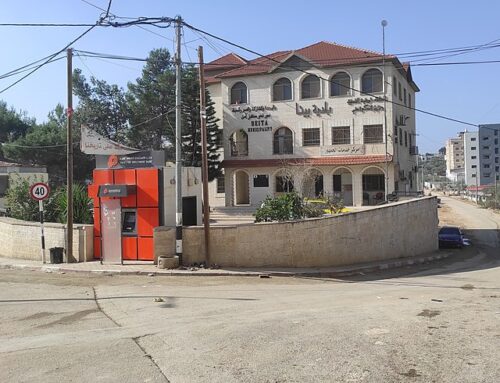
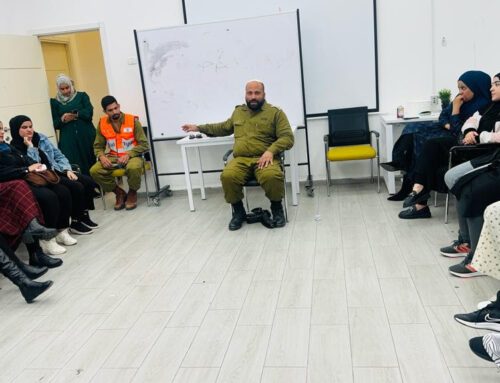
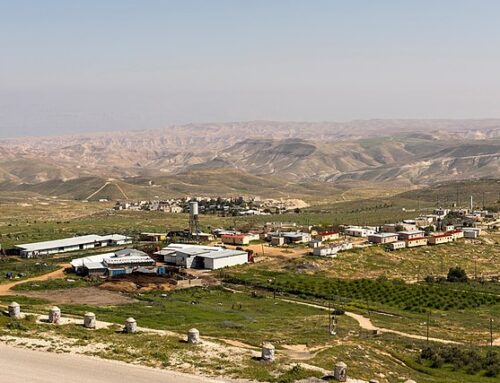
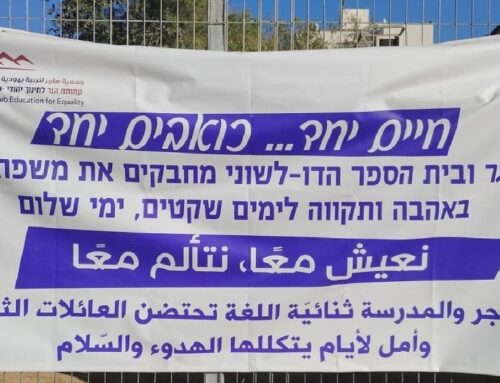
Leave A Comment